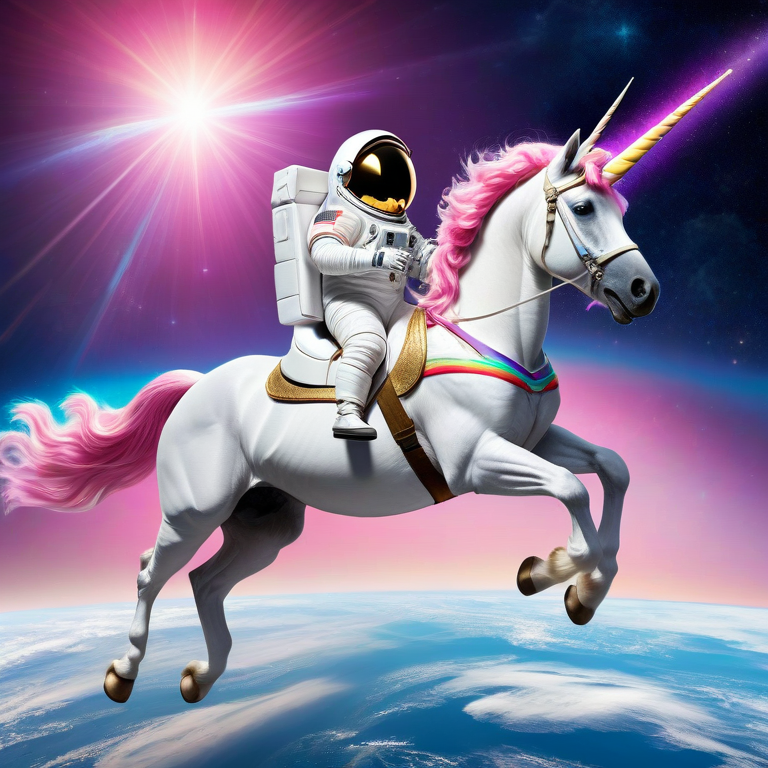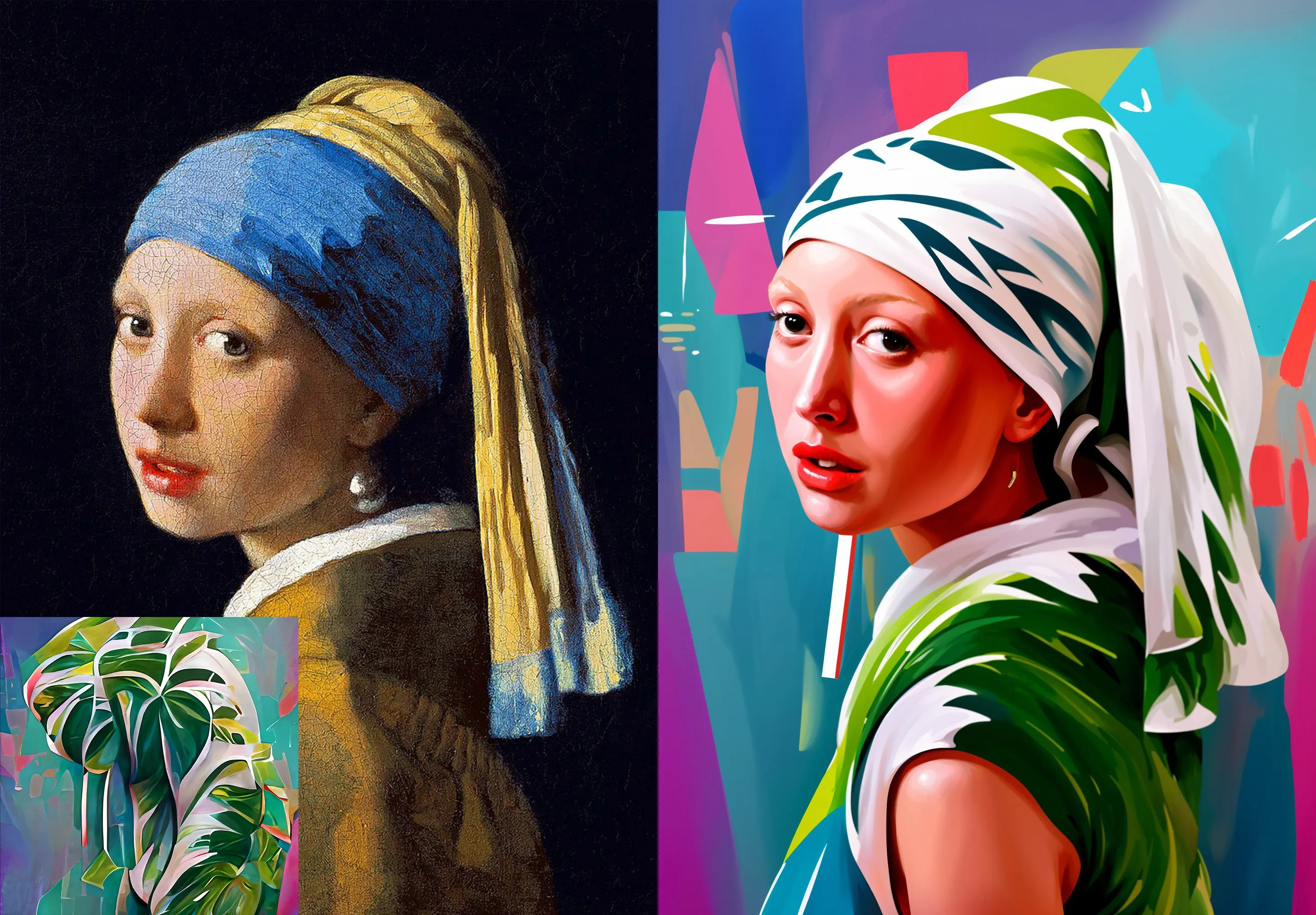pulid-base
Maintainer: fofr

48

| Property | Value |
|---|---|
| Model Link | View on Replicate |
| API Spec | View on Replicate |
| Github Link | View on Github |
| Paper Link | View on Arxiv |
Create account to get full access
Model overview
The pulid-base model is a face generation AI developed by fofr at Replicate. It uses SDXL fine-tuned checkpoints to generate images from a face image input. This model can be particularly useful for tasks like photo editing, avatar creation, or artistic exploration. Compared to similar models like stable-diffusion, pulid-base is specifically focused on face generation, while pulid is a more general ID customization model. The sdxl-deep-down model from the same creator is also fine-tuned on underwater imagery, making it suitable for different use cases.
Model inputs and outputs
The pulid-base model takes a face image as the primary input, along with a text prompt, seed, size, and various other options to control the style and output format. It then generates one or more images based on the provided inputs.
Inputs
- Face Image: The face image to use for the generation
- Prompt: The text prompt to guide the image generation
- Seed: Set a seed for reproducibility (random by default)
- Width/Height: The size of the output image
- Face Style: The desired style for the generated face
- Output Format: The file format for the output images
- Output Quality: The quality level for the output images
- Negative Prompt: Text to exclude from the generated image
- Checkpoint Model: The model checkpoint to use for generation
Outputs
- Output Images: One or more generated images based on the provided inputs
Capabilities
The pulid-base model can generate photo-realistic face images from a combination of a face image and a text prompt. It can be used to create unique, personalized images by blending the input face with different styles and scenarios described in the prompt. The model is particularly adept at maintaining the identity and features of the input face while generating diverse and visually compelling output images.
What can I use it for?
The pulid-base model can be a powerful tool for a variety of applications, such as:
- Avatar and character creation: Generate unique, custom avatars or character designs for games, social media, or other digital experiences.
- Face editing and enhancement: Enhance or modify existing face images, such as by changing the expression, style, or environment.
- Digital art and illustration: Combine face images with imaginative prompts to create surreal, dreamlike, or stylized artworks.
- Prototyping and visualization: Quickly generate face images to visualize concepts, ideas, or designs involving human subjects.
By leveraging the face-focused capabilities of the pulid-base model, you can create a wide range of personalized and visually striking images to suit your needs.
Things to try
Experiment with different combinations of face images, prompts, and model parameters to see how the pulid-base model can transform a face in unexpected and creative ways. Try using the model to generate portraits with specific moods, emotions, or artistic styles. You can also explore blending the face with different environments, characters, or fantastical elements to produce unique and imaginative results.
This summary was produced with help from an AI and may contain inaccuracies - check out the links to read the original source documents!
Related Models

pulid-lightning

5
The pulid-lightning model is a text-to-image generation model created by fofr that uses SDXL Lightning checkpoints to instantly generate images from a face. It is similar to other face-based image generation models like sdxl-lightning-4step, pulid-base, and pulid. These models leverage advancements in diffusion-based text-to-image generation to create high-quality images from a prompt and a face image. Model inputs and outputs The pulid-lightning model takes in a variety of inputs to control the image generation process, including a face image, prompt, seed, dimensions, and other configuration options. The model then outputs one or more generated images in the specified format and quality. Inputs face_image**: The face image to use for the generation prompt**: The text prompt describing the desired image seed**: A seed value for reproducibility (random by default) width**: The width of the output image (ignored if a structure image is provided) height**: The height of the output image (ignored if a structure image is provided) face_style**: The style of the face to use (e.g. "high-fidelity") output_format**: The format of the output images (e.g. "webp") output_quality**: The quality of the output images (0-100, with 100 being the highest) negative_prompt**: Things you do not want to see in the image checkpoint_model**: The model checkpoint to use for generation Outputs Output**: An array of generated image URLs Capabilities The pulid-lightning model is capable of generating high-quality images by combining a face image with a text prompt. It can produce diverse and creative images by leveraging the strengths of diffusion-based text-to-image generation. The model is optimized for speed, allowing for rapid image generation. What can I use it for? The pulid-lightning model could be used for a variety of creative applications, such as portrait generation, character design, and content creation. It could be particularly useful for projects that require quickly generating images based on a specific face or style. Potential use cases include game development, virtual avatars, and social media content. Things to try Experiment with different face images and prompts to see the range of outputs the pulid-lightning model can produce. Try providing specific instructions in the prompt, such as the desired age, expression, or clothing, to see how the model incorporates those elements. You can also explore the impact of the seed and other configuration options on the generated images.
Updated Invalid Date

txt2img

9
The txt2img model is a collection of various text-to-image generation models from the Replicate platform, including RealVisXL, Juggernaut, Proteus, DreamShaper, and others. These models allow users to generate high-quality images from textual descriptions, leveraging the power of large language models and diffusion-based approaches. The txt2img model can be used through the ComfyUI web interface, providing a user-friendly way to experiment with different base weights and generate diverse visual outputs. Model inputs and outputs The txt2img model takes a variety of inputs, including a text prompt, image size, number of outputs, and various parameters to control the image generation process, such as the sampling method and guidance scale. The output of the model is an array of image URLs, representing the generated images. Inputs Prompt**: The textual description that the model uses to generate the image. Model**: The base weights to use for the text-to-image generation. Width/Height**: The desired size of the output image. Num Outputs**: The number of images to generate. Scheduler**: The diffusion scheduler to use for image generation. Sampler Name**: The sampling method to use during the diffusion process. Guidance Scale**: The scale for classifier-free guidance, which controls the influence of the text prompt on the generated images. Negative Prompt**: The textual description to guide the model away from generating certain undesirable elements. Num Inference Steps**: The number of diffusion steps to perform during the generation process. Disable Safety Checker**: An option to disable the safety checker, which can be useful for generating artistic or experimental images. Outputs Array of Image URLs**: The generated images are returned as an array of URLs, which can be used to display or download the output. Capabilities The txt2img model can be used to generate a wide variety of images from text prompts, ranging from realistic scenes to fantastical and imaginative creations. The model's capabilities are showcased in the examples provided by the maintainer, fofr, who has also created other Replicate models like face-to-many and sticker-maker. What can I use it for? The txt2img model can be used for a range of creative and practical applications, such as generating concept art, illustrating stories, creating custom graphics, and producing unique images for marketing or social media. The ability to fine-tune the model's outputs through various parameters allows users to experiment and find the right balance for their specific needs. Things to try One interesting aspect of the txt2img model is the ability to use different base weights, such as RealVisXL, Juggernaut, and Proteus. Experimenting with these different weights can result in varied visual styles and outputs, allowing users to explore different artistic and creative directions. Additionally, playing with the guidance scale and negative prompts can help users refine the generated images and achieve their desired results.
Updated Invalid Date

face-to-many

12.1K
The face-to-many model is a versatile AI tool that allows you to turn any face into a variety of artistic styles, such as 3D, emoji, pixel art, video game, claymation, or toy. Developed by fofr, this model is part of a larger collection of creative AI tools from the Replicate platform. Similar models include sticker-maker for generating stickers with transparent backgrounds, real-esrgan for high-quality image upscaling, and instant-id for creating realistic images of people. Model inputs and outputs The face-to-many model takes in an image of a person's face and a target style, allowing you to transform the face into a range of artistic representations. The model outputs an array of generated images in the selected style. Inputs Image**: An image of a person's face to be transformed Style**: The desired artistic style to apply, such as 3D, emoji, pixel art, video game, claymation, or toy Prompt**: A text description to guide the image generation (default is "a person") Negative Prompt**: Text describing elements you don't want in the image Prompt Strength**: The strength of the prompt, with higher numbers leading to a stronger influence Denoising Strength**: How much of the original image to keep, with 1 being a complete destruction and 0 being the original Instant ID Strength**: The strength of the InstantID model used for facial recognition Control Depth Strength**: The strength of the depth controlnet, affecting how much it influences the output Seed**: A fixed random seed for reproducibility Custom LoRA URL**: An optional URL to a custom LoRA (Learned Residual Adapter) model LoRA Scale**: The strength of the custom LoRA model Outputs An array of generated images in the selected artistic style Capabilities The face-to-many model excels at transforming faces into a wide range of artistic styles, from the detailed 3D rendering to the whimsical pixel art or claymation. The model's ability to capture the essence of the original face while applying these unique styles makes it a powerful tool for creative projects, digital art, and even product design. What can I use it for? With the face-to-many model, you can create unique and eye-catching visuals for a variety of applications, such as: Generating custom avatars or character designs for video games, apps, or social media Producing stylized portraits or profile pictures with a distinctive flair Designing fun and engaging stickers, emojis, or other digital assets Prototyping physical products like toys, figurines, or collectibles Exploring creative ideas and experimenting with different artistic interpretations of a face Things to try The face-to-many model offers a wide range of possibilities for creative experimentation. Try combining different styles, adjusting the input parameters, or using custom LoRA models to see how the output can be further tailored to your specific needs. Explore the limits of the model's capabilities and let your imagination run wild!
Updated Invalid Date

become-image

260
The become-image model, created by maintainer fofr, is an AI-powered tool that allows you to adapt any picture of a face into another image. This model is similar to other face transformation models like face-to-many, which can turn a face into various styles like 3D, emoji, or pixel art, as well as gfpgan, a practical face restoration algorithm for old photos or AI-generated faces. Model inputs and outputs The become-image model takes in several inputs, including an image of a person, a prompt describing the desired output, a negative prompt to exclude certain elements, and various parameters to control the strength and style of the transformation. The model then generates one or more images that depict the person in the desired style. Inputs Image**: An image of a person to be converted Prompt**: A description of the desired output image Negative Prompt**: Things you do not want in the image Number of Images**: The number of images to generate Denoising Strength**: How much of the original image to keep Instant ID Strength**: The strength of the InstantID Image to Become Noise**: The amount of noise to add to the style image Control Depth Strength**: The strength of the depth controlnet Disable Safety Checker**: Whether to disable the safety checker for generated images Outputs An array of generated images in the desired style Capabilities The become-image model can adapt any picture of a face into a wide variety of styles, from realistic to fantastical. This can be useful for creative projects, generating unique profile pictures, or even producing concept art for games or films. What can I use it for? With the become-image model, you can transform portraits into various artistic styles, such as anime, cartoon, or even psychedelic interpretations. This could be used to create unique profile pictures, avatars, or even illustrations for a variety of applications, from social media to marketing materials. Additionally, the model could be used to explore different creative directions for character design in games, movies, or other media. Things to try One interesting aspect of the become-image model is the ability to experiment with the various input parameters, such as the prompt, negative prompt, and denoising strength. By adjusting these settings, you can create a wide range of unique and unexpected results, from subtle refinements to the original image to completely surreal and fantastical transformations. Additionally, you can try combining the become-image model with other AI tools, such as those for text-to-image generation or image editing, to further explore the creative possibilities.
Updated Invalid Date